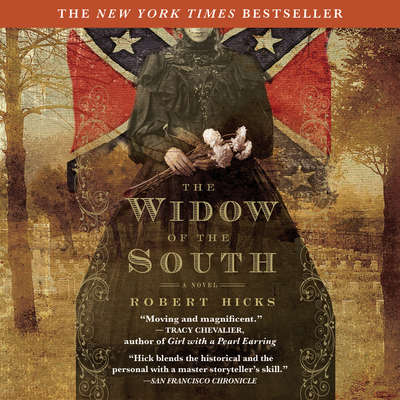
The Battle of Franklin near Nashville, Tennessee, may not be the most famous battle of the American Civil War. Yet, for lovers of historical fiction, the story told in Robert Hicks’ novel The Widow of the South is gripping enough to inspire travel to Franklin, Tennessee, to see Carnton Plantation and other sites where the story takes place. If you go, you’ll discover why the Battle of Franklin is considered the last great battle of the Civil War.
And, you’ll find plenty of modern-day activities that make Franklin a great destination above and beyond the battlefield. It’s so cute, it even inspired a Hallmark movie, based on Karen Kingsbury’s The Bridge.
The True Story and the Fiction
The Battle of Franklin on Nov. 30, 1864, was one of the worst disasters of the war for the Confederate Army, with nearly 7,000 casualties. (For a detailed explanation, see the Battle of Franklin Trust website.) During the battle, which raged not just in fields but also in people’s back yards, Carrie and John McGavock’s plantation, Carnton, served as a field hospital for hundreds of injured and dying Confederate soldiers. Today, you can tour their the Greek Revival house and the adjacent cemetery. (See my previous post on the Carter House where the battle also raged.)
Robert Hicks served on the board of Carnton Plantation and became fascinated with its story. He says in the book’s author’s note, “Carrie McGavock became a ‘living martyr and curiosity.’ She became famous without ever leaving her farm, renowned for her daily wandering in the cemetery, for her mourning clothes, for her letters to the families of the bereaved, and most of all, for her constancy. From the day the last of the dead was buried in her back yard, she never really left her post in the cemetery, continuously checking her book of the dead.”
Hicks constructed his book using letters and diaries but added a number of fictional characters to the factual mix, including Zachariah Cashwell, a young soldier from Arkansas whom Carrie nurses back to life– and she falls in love with him. Serious Civil War buffs no doubt roll their eyes about the book’s fictional additions.
Hicks says in the book, “I submit my sincerest apologies, to those who require it, for meandering from the history in the interest of telling a story. Other than Carrie and her immediate family and slave, most of the other characters are either composited of historical figures from Franklin’s past or were born in my imagination.”

As you tour, you’ll discover that the Battle of Franklin was anything but imaginary. Here, the blood stains remain on the floor.
Outside, the cemetery that Carrie created and tended for the rest of her life contains the graves of 1,481 young soldiers, a staggering reminder of the epic battle.
Updated and More Inclusive
The Carnton tour used to somewhat glorify the business acumen of Carnton’s white owners. That neglected the horror of slavery and the fact that all of us could succeed in business if our laborers worked for free. I’m happy to report that the plantation has added a Slavery and the Enslaved: Tours at Carter House and Carnton.
So, I maintain that quality historical fiction serves an important role to spark interest in historical events and sites, even though it may not be 100 percent accurate. I, for one, had never have heard of the Battle of Franklin before reading the book. More importantly, historical sites must present their stories from multiple perspectives and with an eye in include the facts, not just those with a nostalgia for the old South.
…And While You’re in Franklin
Yet, everything in Franklin isn’t about war and death. The charming town makes a great girls’ getaway or weekend trip, not just for history buffs. There’s unique shopping an abundance of live music and some charming inns, too. Don’t miss Landmark Booksellers, inspiration for Karen Kingsbury’s novel, The Bridge.



Where to Stay
The new Harpeth Hotel, a Curio Collection by Hilton luxury hotel, is the only hotel in downtown. There are also a wide array of charming B&Bs.




I visited the house last year. I knew nothing about the place but came away with the feeling that something very wrong happened there. I found out why. It wasn’t a battle, it was a slaughter.
The only other time that happened was in Cape De Vincenzo in Portugal .
I am glad I found this book. It’s a universal tale
Yes. It’s quite a gripping story and one that’s not very well known. It’s a very intimate place to visit, especially if you’ve read the book.
I read the book by happen chance. Book 2 The Orphan Mother was offered as a “Blind Date” by our library on Valentines Day. As an avid reader, I cant read book 2 before book 1 so I checked it out & read, Widow of the South. The writer emerces you into the story so much so you feel what the characters felt & saw the terrors they saw. It’s a very gripping novel. Carnton became part of my bucket list. I will be visiting the plantation Nov 2022 as my son & their family have moved to Murfreesboro, TN where another battle was fought.